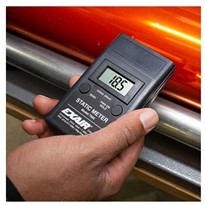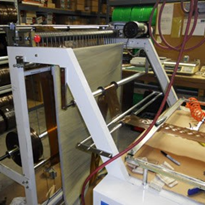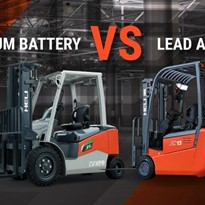Komatsu Hydrostatic Transmission System for Forklifts (See figure 1)
In the HST system, the diesel powered engine drives the pump and oil supplied from the pump then rotates the motor that drives the forklift. The power losses over the entire engine speed range are minimal. Since the HST system does not have a clutch, there is no possibility of heat loss or slippage. This means power transmission losses are minimized to reduce fuel consumption.
The FH series requires less inching pedal use because the HST forklift can adjust speed through the use of the accelerator pedal. Also with excellent controllability of the HST, the operator has better control when maneuvering in tight quarters, lifting, or load handling. Travel speeds can be set in for stages and activated with the turtle switch. To eliminate inadvertent start-ups, the FH engine can only start when the shift lever is set to neutral, brake pedal depressed and the operator is in the seat.
With HST drive, the oil flow to the hydraulic motor is stopped when the accelerator pedal is released, so even if the forklift is stopped on a ramp and the operator releases the brake pedal, downhill creep is reduced. This also facilitates easier ramp-start.
Conventional torque converter-drive forklift truck ( See figure 2)
The transmission loss is created in torque converter and in the clutch respectively. Therefore a significant
amount of loss is occurred in the transmission.
Komatsu’s CLSS hydraulic system (see figure 3)
has been utilized in our hydraulic excavators for many years. The load sensing capability automatically senses loading and the variable displacement pump then supplies only the amount of hydraulic fluid needed to do the job. This provides for much greater efficiency than conventional fixed displacement gear pumps, making good use of engine power to reduce overall fuel consumption.
Advantages include:
- Smooth traveling during hydraulic operations
- Superior productivity, especially when attachments are used
- No need to rev engine when using hydraulics
- Reduced fuel consumption
Conventional fixed displacement gear pump (see figure 4)
Fixed displacement gear pumps deliver a specific amount of oil per rotation, many times delivering
excessive amount of oil and leading to added loading on the engine and added fuel consumption.
The end result: Outstanding Low Fuel Consumption and lower CO2 Emission
The combination of the high efficiency engine, CLSS and HST technology proven in construction machinery can provide powerful performance with at most 30% reduction on fuel consumption*
There are no clutches which generate a loss in our HST, so engine output can be used effectively.
The reduced fuel consumption enables reducing CO2 emissions. In case of high load work, 14.3 ton/year CO2 emission is reduced.**
*Compared to our same class machine with the torque converter method and when tested at our test course. Operation time: 5 hours/day, 300 days/year.
**Compared to our same class machine with the torque converter method and when tested at our test course.


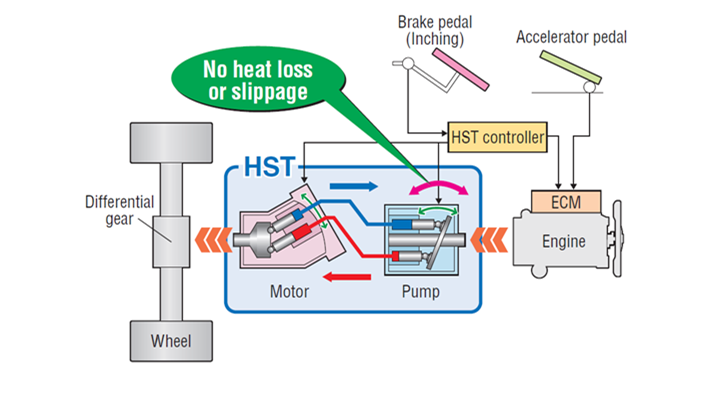
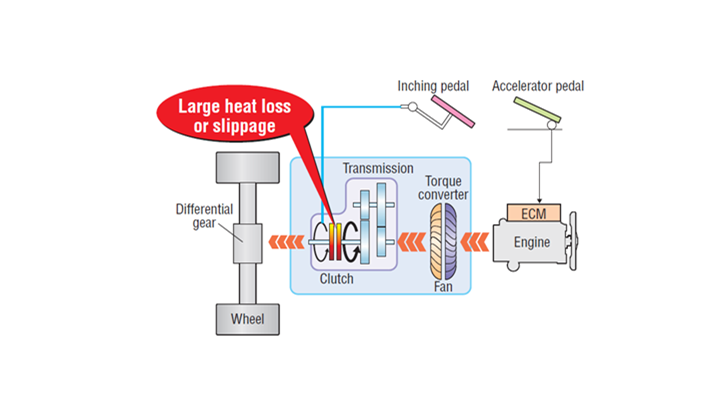
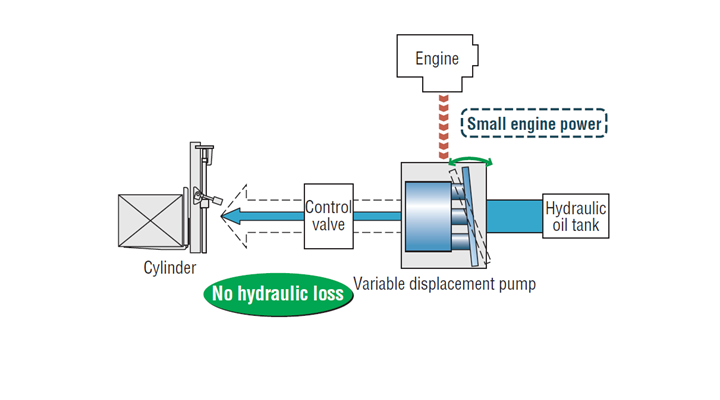
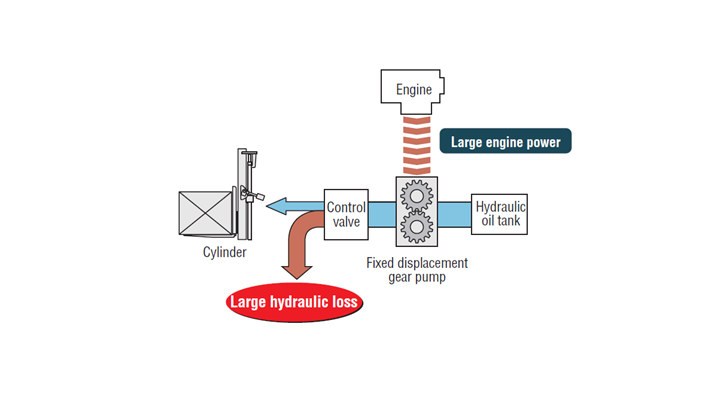
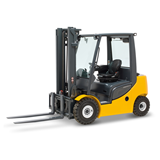
-160x160-state_article-rel-cat.png)
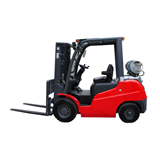
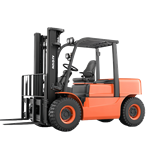
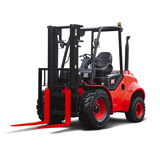



-160x160-state_article-rel-cat.png)


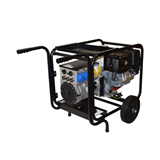
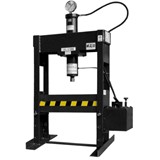









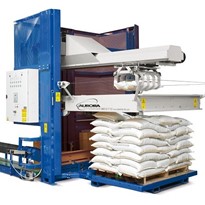

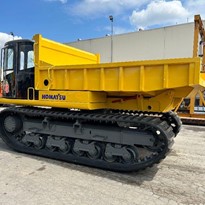





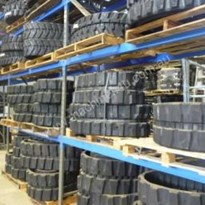
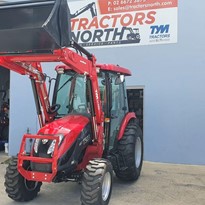
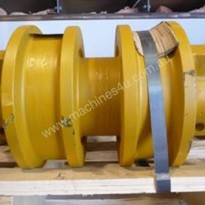
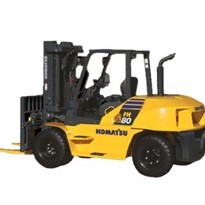

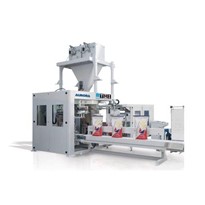
-205x205.jpg)
